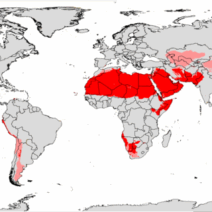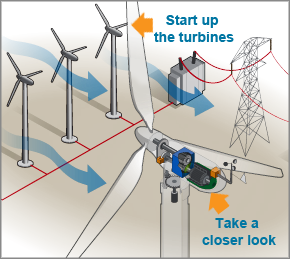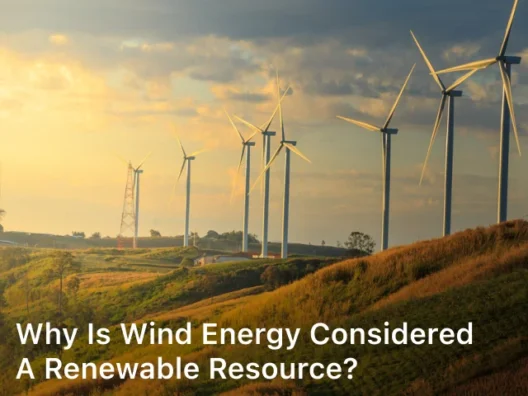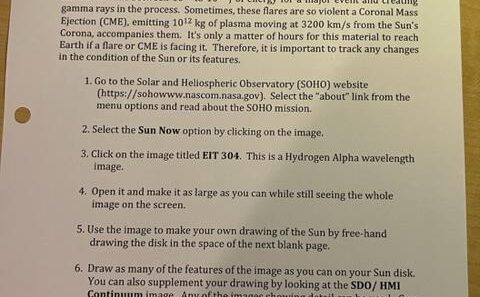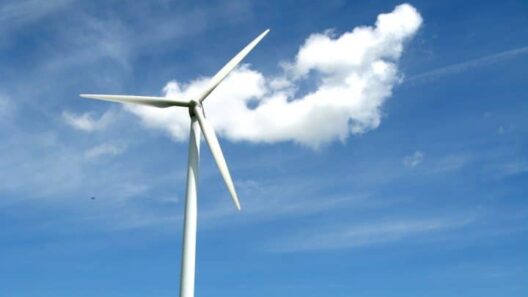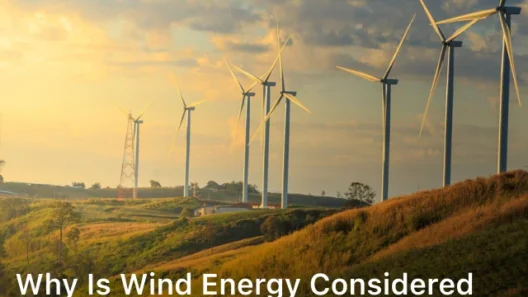Wind energy is rapidly gaining traction as one of the most viable alternatives to fossil fuels. With an increasing focus on sustainability, understanding how wind energy is produced is crucial for both consumers and energy stakeholders. This article delves into the intricate process through which wind is transformed into usable energy, addressing common concerns and shedding light on this renewable resource.
Wind energy production harnesses the natural power of the wind, converting kinetic energy into mechanical energy, and ultimately into electricity. The process begins with the deployment of wind turbines, the robust and iconic structures that populate many landscapes, particularly in rural and coastal areas.
Wind turbines are typically comprised of rotor blades, a tower, and a generator. As winds blow, they catch the blades, causing them to rotate. This rotation drives a shaft connected to a generator, where mechanical energy is transformed into electrical energy through electromagnetic induction. The entire mechanism underscores the remarkable interplay of natural forces and engineering innovation.
It’s essential to understand the environmental impact of this energy generation method. Wind power is considered eco-friendly: it produces no greenhouse gas emissions during operation, helps to reduce reliance on fossil fuels, and encourages biodiversity in wind farm locations. However, prospective buyers often express concerns regarding noise, aesthetics, and the effect on wildlife. Addressing these factors is vital for convincing individuals and communities to advocate for wind energy.
As we explore the components of wind energy production in greater depth, one can appreciate the multifaceted nature of this renewable source.
Understanding Wind Turbines: The Heart of Wind Energy
At the core of wind energy production lie wind turbines, which come in various sizes and designs. Most commonly, they consist of three major parts: the rotor, the nacelle, and the tower.
The rotor blades are specifically designed to capture wind energy efficiently. Their aerodynamic shape allows for maximum lift as the wind flows over and under them. Typically made from composite materials, these blades can span nearly 100 feet in length, translating the wind’s force into rotational motion.
The nacelle houses critical components such as the gearbox and generator. As the rotor spins, it drives the gearbox, which increases the rotational speed before transmitting energy to the generator. This mechanical energy conversion is a pivotal step in generating electricity. The design and engineering of this system ensure it operates efficiently even under varying wind conditions.
The tower supporting the turbine is monumental in height, often reaching distances of over 300 feet. This elevation is crucial, as wind speeds tend to increase with height. Placing turbines higher reduces turbulence effects, allowing for more consistent energy production. Additionally, tall towers can help mitigate visual impacts on nearby communities, addressing another consumer concern.
The diversity in turbine design facilitates adaptability across various terrains, from offshore locations to mountainous regions. Innovations in turbine technology are continuously evolving, bolstered by increasing investments in research and development.
The Role of Wind Farms: Scaling Up Production
Once individual turbines are operational, grouping them into wind farms amplifies their output significantly. Wind farms can range in size from a few turbines to hundreds, collectively contributing to a community’s power supply or feeding into larger power grids.
Strategically selecting locations for wind farms is imperative. Factors such as local wind patterns, geographical features, and existing infrastructure play critical roles in optimizing energy production. Areas with consistent, high-velocity winds, usually found in coastal or elevated regions, offer the best conditions for setting up wind farms.
The arrayed layout of turbines within a wind farm is designed to minimize wake effects—turbulence created by one turbine impacting others. Effective spacing between turbines maximizes efficiency, ensuring each turbine operates at peak capacity.
Control systems and monitoring technologies have also emerged as essential tools for wind farm operations. Advanced software enables real-time monitoring of energy output, predictive maintenance, and performance optimization. These systems enhance operational efficiency and mitigate downtime, directly addressing investor and buyer concerns regarding reliability.
The Transmission of Wind Energy: Connecting to the Grid
Once the turbines convert wind energy into electricity, the next step involves transmitting this power to consumers. The electricity generated is relatively low voltage and must undergo transformation to a higher voltage suitable for transmission over long distances.
This process occurs at substations located near or within wind farms, where power is stepped up to high voltage for efficient transport. Transmission networks, often requiring collaboration with local utilities, ensure that this renewable energy can reach homes and businesses. However, challenges such as infrastructure limitations and regulatory hurdles may impede large-scale implementations.
Moreover, energy storage solutions are gaining momentum within the wind energy sector. As wind is inherently variable, integrating battery storage or other methods can bolster reliability, making it a more attractive option for consumers who prioritize consistent power supply.
In conclusion, the process of generating energy from wind is a complex yet deeply rewarding endeavor. From the powerful turbines that convert wind energy to the intricacies of grid transmission, understanding these elements is critical for stakeholders. As technology advances and public awareness grows, wind energy stands poised to be a cornerstone of a sustainable future. Addressing buyer concerns about aesthetics, wildlife impact, and economic viability remains integral to fostering a broader acceptance of wind energy—an essential dialogue in the pursuit of a cleaner planet.


